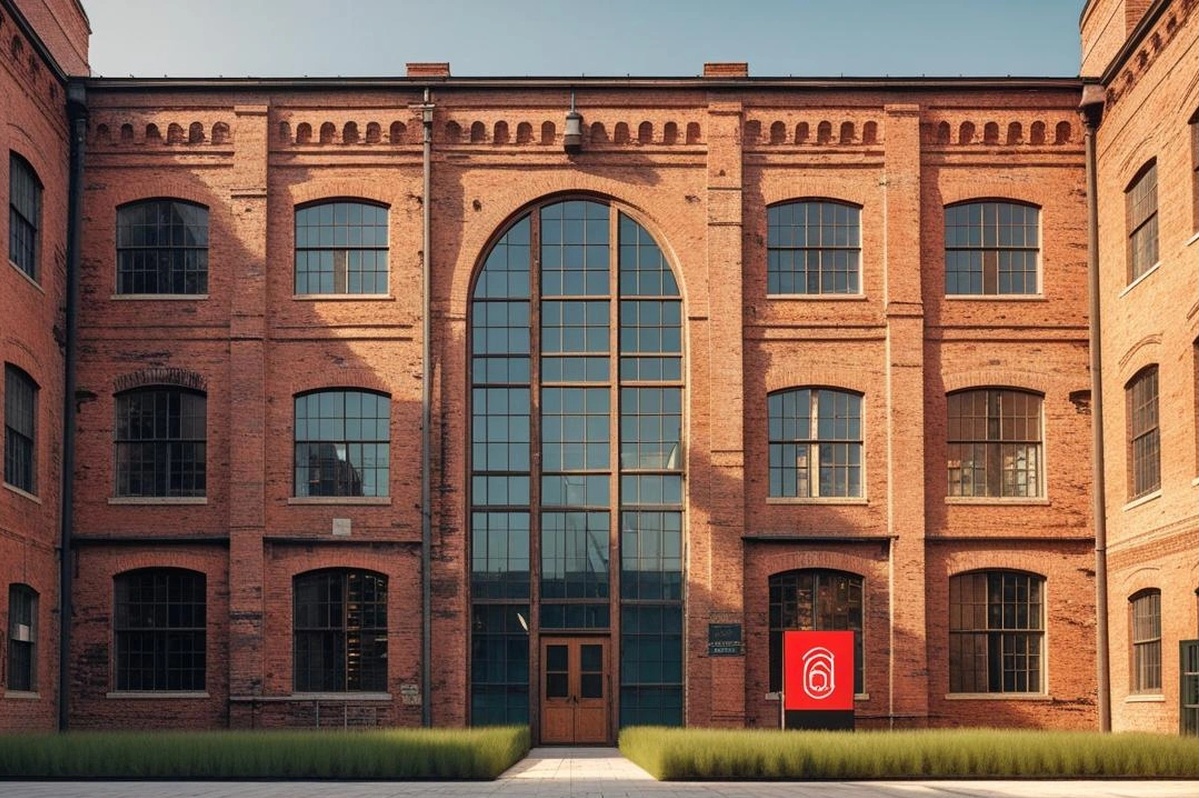We’re facing a climate emergency, and the built environment is a major contributor to carbon emissions. But often, the conversation skips over a critical asset: existing historic buildings. Far from being a burden, these structures are inherently sustainable. At Archway Heritage, we believe they hold the key to a truly green future.
Here are 5 ways historic buildings are leading the green revolution, proving that ‘old’ can be the ultimate ‘new’:
Embodied carbon heroes
The biggest carbon saving comes from not building new. Every historic brick, timber beam, and stone block represents massive embodied carbon – the energy already expended in its creation and transportation. Fact: Retrofitting an existing building can save 50-75% of carbon emissions compared to new-build. This is particularly evident in large-scale industrial heritage structures, like old mills or factories, where the sheer volume of existing materials offers impressive carbon savings.
Naturally resilient and breathable
Traditional buildings were designed to last, using materials like lime, timber, and stone that manage moisture naturally. This inherent breathability is a key to their longevity and health, often outperforming modern, sealed constructions that can trap damp. Understanding this unique “building physics” is crucial for effective, sensitive retrofit – preventing issues rather than creating them.
Low-tech, high-impact solutions
Sustainable regeneration isn’t always about cutting-edge tech. Simple, sensitive interventions like draught-proofing, breathable insulation. For example, think of wood fibre, not plastic foam, and careful repair of existing fabric can drastically improve energy performance. Case in point: There are a range of living laboratories’ demonstrating how traditional crafts and intelligent material choices transform a Grade II* listed building into a comfortable, energy-efficient home without compromising its character.
Community-driven sustainability
Sustainable heritage isn’t just about technical solutions; it’s about people. Many smaller-scale projects, like the regeneration of a historic village hall funded by the Architectural Heritage Fund, showcase how local communities breathe new life into cherished buildings. These projects embody social sustainability, providing vital community spaces and strengthening local identity while being environmentally conscious.
Climate change adapters
Historic structures often possess inherent adaptability. They can be sensitively upgraded to cope with extreme weather. Older buildings are surprisingly resilient, teaching us lessons for future design. For example, traditional construction techniques that resist flood damage like those researched by Historic England in Appleby. And integrating green infrastructure in historic urban parks for cooling. Industrial heritage buildings, with their robust construction, large clear spans, and generous natural light excel at adapting to entirely new uses. What was once a bustling mill can become a vibrant residential complex, an office hub, or a cultural centre, extending its life for centuries while dramatically reducing carbon footprint. This adaptive reuse process is a masterclass in sustainability, turning ‘rust to riches’ literally.
At Archway Heritage, we specialise in unlocking the sustainable potential of historic and traditional buildings. We offer expert guidance to ensure your project is not just compliant, but a true leader in the green revolution.


No Responses